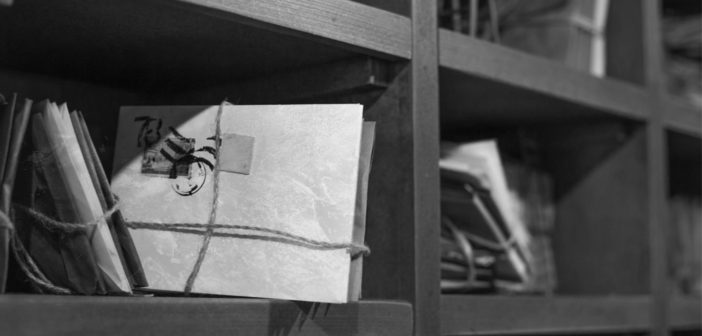In 1834, Flint River was a small but busy settlement. It was a place of passage with travelers stopping for the night before heading north to Saginaw and beyond. Due to this traffic, it was becoming quite a place of commerce and, seeing opportunity, persons were quickly buying up available land. Homesteads were being built and it was accepted that the town needed a way to communicate with the rest of the country – it needed a post office. In August, the town of “Flint River” set up their first post office on the corner of Kearsley and Saginaw Streets. The only question now was, “who shall run the place?” John and Polly Todd couldn’t do it, at the time they were running a very busy, and lucrative restaurant. Wait Beach was too busy divvying up all the land in the area. Jeremiah Davis had far too much work building the first bridge across the river and Daniel O’Sullivan was working hard on setting up his school. It was then that the town blacksmith, Lyman Stowe raised his hand. He had built his shop two years prior and, as he was a most amiable fellow, he knew everyone in town. It was a match made in heaven and Lyman Stowe became the first postmaster of Flint River.
In a way to best do the business of the office, Mr. Stowe employed a magnificent silk hat. Mail arrived on the Pontiac stage coach and as soon as it was sorted, Mr. Stowe began distribution of all letters of import on foot. To help him manage such a heavy load of post, he resorted to carrying it in his hat. The hat became such a part of the delivery system that it became the property of the office itself. Lyman Stowe was again named postmaster when the town of “Flint River” became the city of “Flint” in 1836.
Ownership of the hat passed to John Todd when he became postmaster in 1837 and then to the hands of the postmasters until it landed in the hands of Leonard Wesson and then, final owner, Frank J. Rutherford of Flint. When the new post office was built in 1950, the hat was featured prominently.
As for Lyman Stowe, he moved onto Detroit and set up a framing and mirror shop. He espoused strange conspiracy theories and even had two books published, “Poetical Drifts of Thought; or, Problems of Progress” and “Karmenia.”








